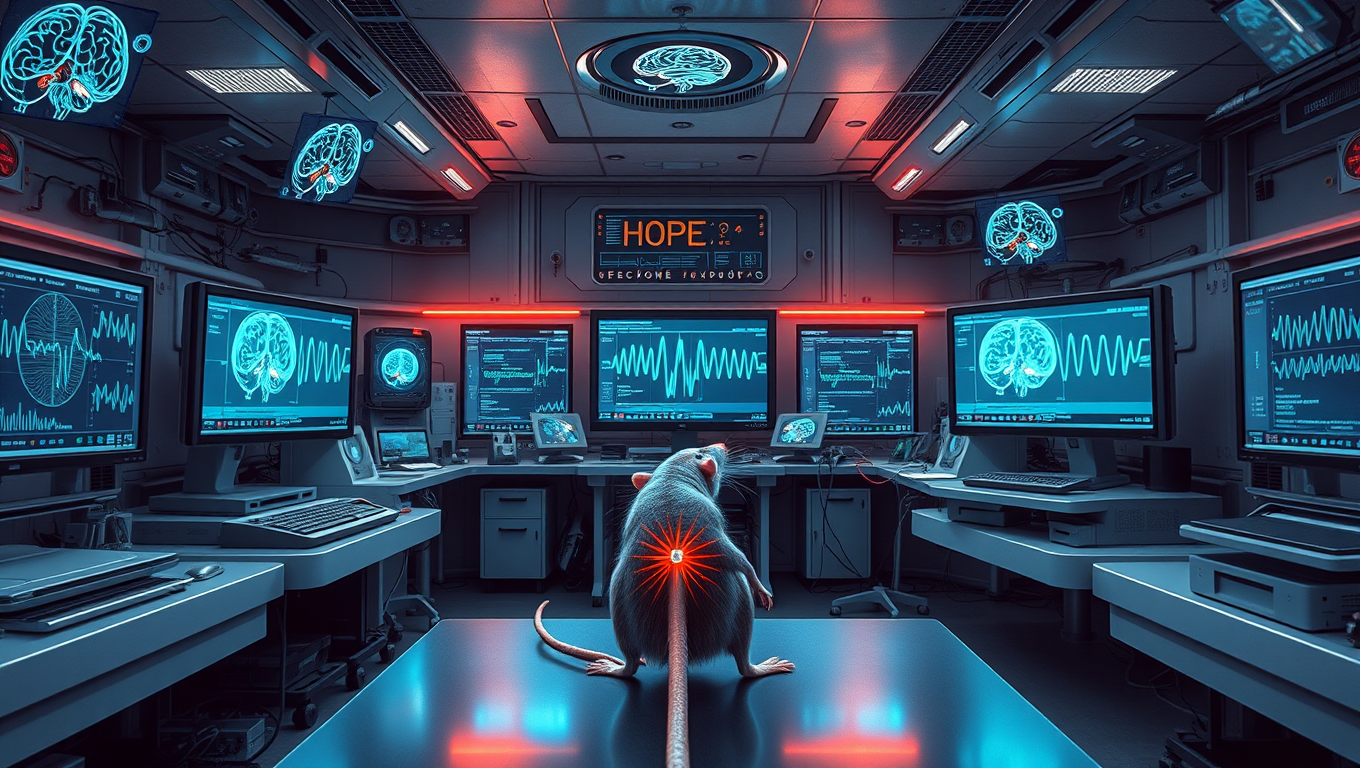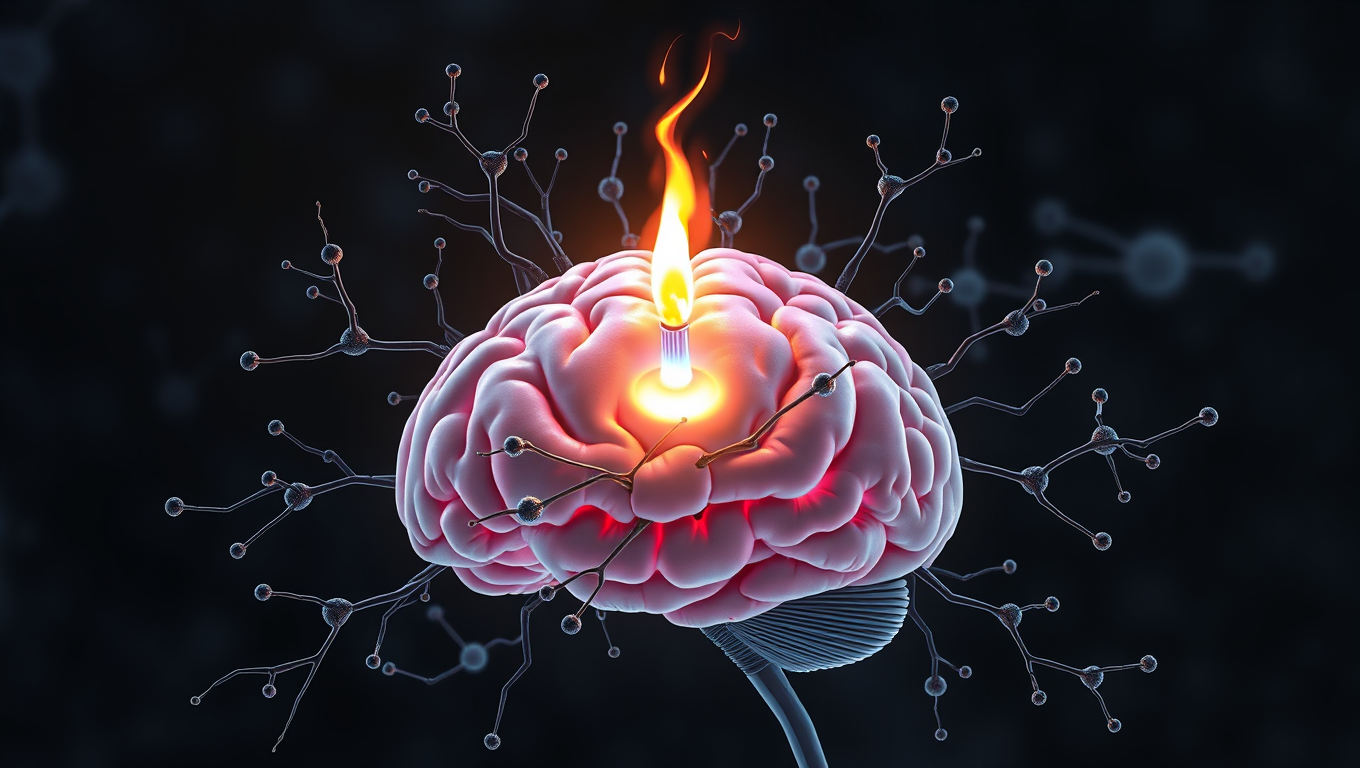While we try to keep things accurate, this content is part of an ongoing experiment and may not always be reliable.
Please double-check important details — we’re not responsible for how the information is used.
Disability
A Spark of Hope: Electric Implant Helps Paralyzed Rats Walk Again, Could Humans Be Next?
A groundbreaking study from the University of Auckland and Chalmers University of Technology is offering new hope for spinal cord injury patients. Researchers have developed an ultra-thin implant that delivers gentle electric currents directly to the injured spinal cord. This device mimics natural developmental signals to stimulate nerve healing, and in animal trials, it restored movement and touch sensation in rats—without causing inflammation or damage.

Alzheimer's
Scientists Unlock Secret to Reversing Memory Loss by Boosting Brain’s Energy Engines
Scientists have discovered a direct cause-and-effect link between faulty mitochondria and the memory loss seen in neurodegenerative diseases. By creating a novel tool to boost mitochondrial activity in mouse models, researchers restored memory performance, suggesting mitochondria could be a powerful new target for treatments. The findings not only shed light on the early drivers of brain cell degeneration but also open possibilities for slowing or even preventing diseases like Alzheimer’s.
Disability
“Lunar Trailblazer: A Small Satellite’s Quest to Map Water on the Moon Falls Short”
NASA’s Lunar Trailblazer, a mission designed to create high-resolution maps of water on the Moon, ended after losing contact with the spacecraft just one day after its February 26 launch. Despite extensive global efforts to reestablish communication, the small satellite’s misaligned solar arrays prevented its batteries from charging, leaving it powerless and drifting in a slow spin into deep space.
Alternative Medicine
A Sweet Breakthrough: How a Sugar Molecule Could Help Treat Type 1 Diabetes
In a fascinating twist, Mayo Clinic researchers discovered that a sugar molecule cancer cells use to hide from the immune system might also protect insulin-producing beta cells in type 1 diabetes. By engineering these cells with the same sugar molecule—sialic acid—they prevented immune attacks in lab models. This approach could lead to better transplant options without broad immune suppression, offering hope for millions living with the autoimmune disease.
-

 Detectors7 months ago
Detectors7 months agoA New Horizon for Vision: How Gold Nanoparticles May Restore People’s Sight
-

 Earth & Climate9 months ago
Earth & Climate9 months agoRetiring Abroad Can Be Lonely Business
-

 Cancer8 months ago
Cancer8 months agoRevolutionizing Quantum Communication: Direct Connections Between Multiple Processors
-

 Albert Einstein9 months ago
Albert Einstein9 months agoHarnessing Water Waves: A Breakthrough in Controlling Floating Objects
-

 Earth & Climate8 months ago
Earth & Climate8 months agoHousehold Electricity Three Times More Expensive Than Upcoming ‘Eco-Friendly’ Aviation E-Fuels, Study Reveals
-

 Diseases and Conditions9 months ago
Diseases and Conditions9 months agoReducing Falls Among Elderly Women with Polypharmacy through Exercise Intervention
-

 Chemistry8 months ago
Chemistry8 months ago“Unveiling Hidden Patterns: A New Twist on Interference Phenomena”
-

 Agriculture and Food8 months ago
Agriculture and Food8 months ago“A Sustainable Solution: Researchers Create Hybrid Cheese with 25% Pea Protein”





























